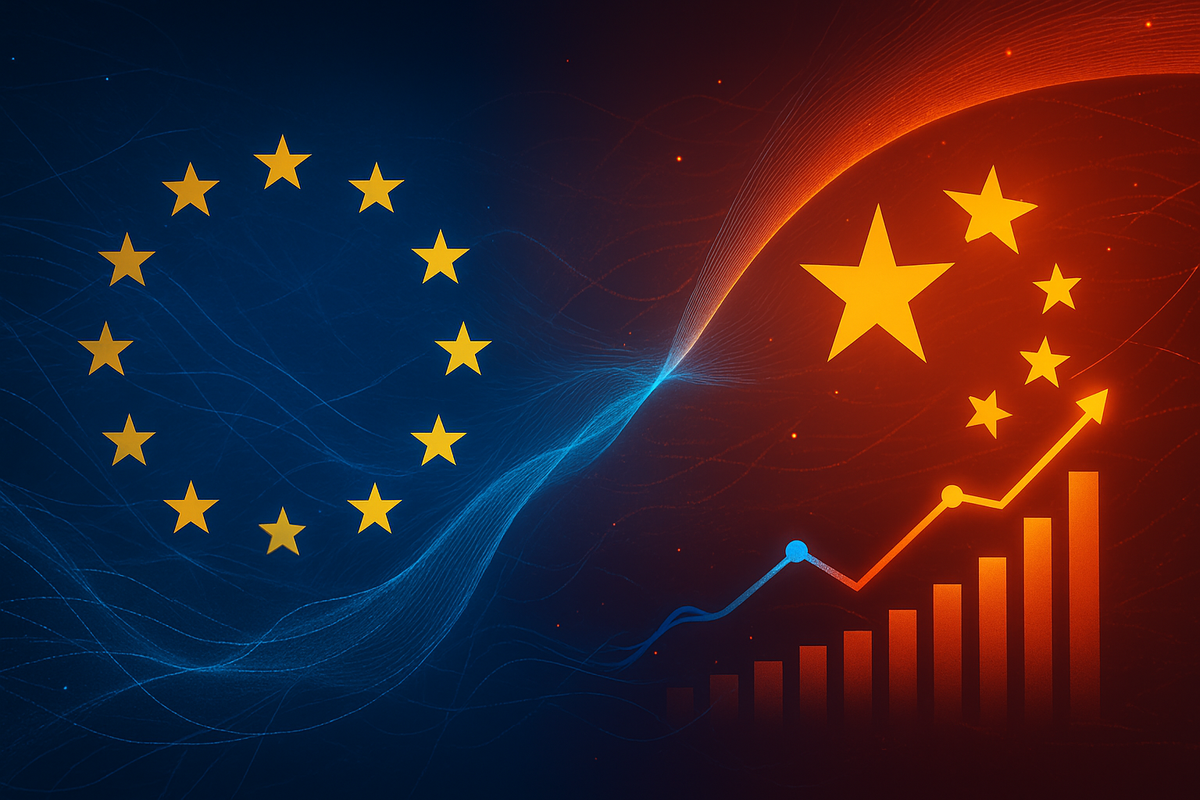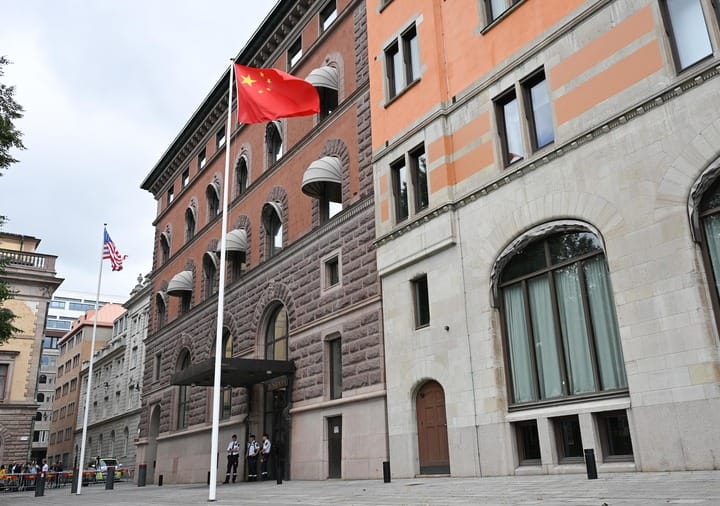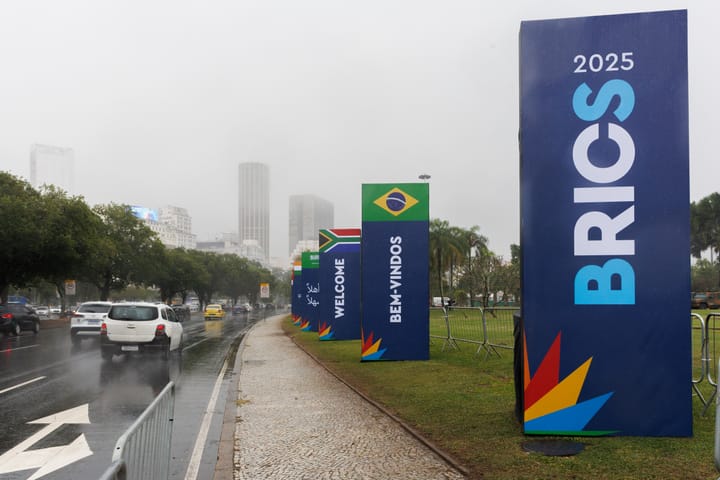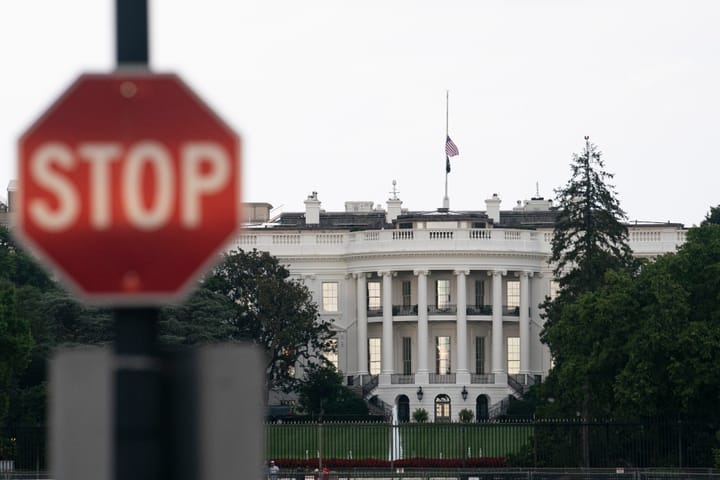Expert Roundtable|Navigating Trade Tumult: Sino-EU Ties Rebound as Challenges Remain

Editor: In recent months, exchanges between China and the EU have intensified, as traditional transatlantic alliances face unprecedented strains under the turbulence brought by Trump-era policies. What does this mean for Sino-EU relations, which had fallen into an unfamiliar crisis in recent years? Have the two sides truly returned to earlier levels of cooperation, or do underlying tensions remain?
This article offers some perspective. The following news piece is from China’s state broadcaster, CCTV.
Since the start of the year, China has seen a flurry of visits from European officials, including the prime ministers and foreign ministers of Spain, Portugal, France, and Denmark. Senior officials from the UK, Italy, and the EU have also engaged in extensive dialogue with Beijing. Last month, the EU launched negotiations with China over electric vehicle imports—a move analysts view as a sign of Europe seeking to ease tensions with Beijing.
On May 16, Chinese Vice Premier He Lifeng wrapped up visits to Switzerland and France. The very next day, Denmark’s foreign minister arrived in Beijing. At the recent 10th China-France High-Level Economic and Financial Dialogue, Paris reaffirmed its commitment to China ties, and the two countries signed agreements on poultry trade and breeding cooperation. Switzerland also expressed interest in accelerating talks on upgrading its free trade agreement with China to stabilize global supply chains. Earlier this month, the European Parliament and China simultaneously lifted restrictions on bilateral exchanges. Beijing also welcomed a potential joint visit from European Council President António Costa and European Commission President Ursula von der Leyen, along with a new round of China-EU leaders’ talks.


